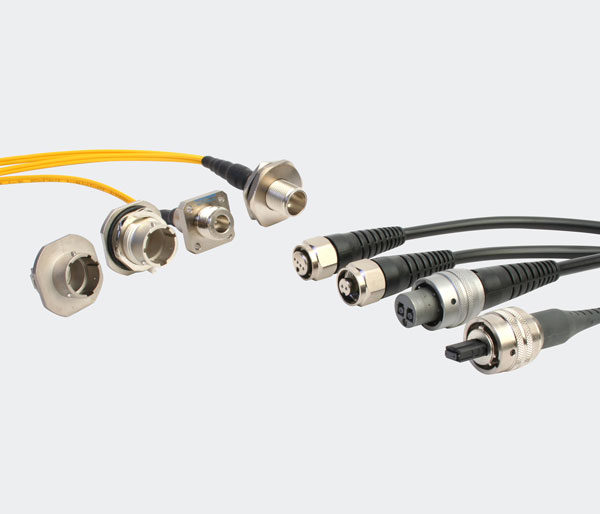ONU is what we commonly call “modem”, weak ONU light refers to the phenomenon that the optical power received by the ONU is less than the receiving sensitivity of the ONU. The receiving sensitivity of the ONU refers to the minimum optical power that the ONU can receive when it is working normally. Generally, the receiving sensitivity index of the home-wide ONU is -27dBm; therefore, generally the ONU receiving light power is lower than -27dBm as weak ONU light.
Currently, the phenomenon of weak ONU light is very common. In some provinces, the weak light rate of ONUs (the proportion of ONUs with light receiving power lower than -27dBm) even exceeds 4.5%. Such a high weak-light rate will inevitably have a negative impact on users’ online experience.
There are many factors that affect the user’s online experience. The weak ONU light mainly affects the network speed. In order to test the impact of weak ONU’s light on the user’s network speed, Doctor Ding built the following test model.
The adjustable attenuator and the PON optical power meter are connected in series with a jumper fiber between the home optical cable and the ONU. In this way, the PON optical power meter can be used to measure the ONU’s received optical power online (The difference between the downstream optical power and the ONU’s received optical power is about 0.3dB, 1 fiber jumper minus the attenuation of an active connection). The actual test site is like this.
By adjusting the attenuation of the adjustable attenuator, the attenuation of the ODN link can be increased and the ONU’s received optical power can be changed. The change of the network speed is tested by connecting the ONU with a notebook network cable. This method is used to test the 300M broadband of Doctor Ding’s house. The test results are as follows.
The actual receiving sensitivity of most ONUs is better than the index by about 1.0dB. For example, the ONU tested this time can still work normally when the received optical power is higher than -27.98dBm. When the received optical power is lower than -27.98dBm, the downlink network speed decreases rapidly with the decrease of the received optical power, and maintains a very low network speed within a certain optical power range until the network is completely interrupted.




